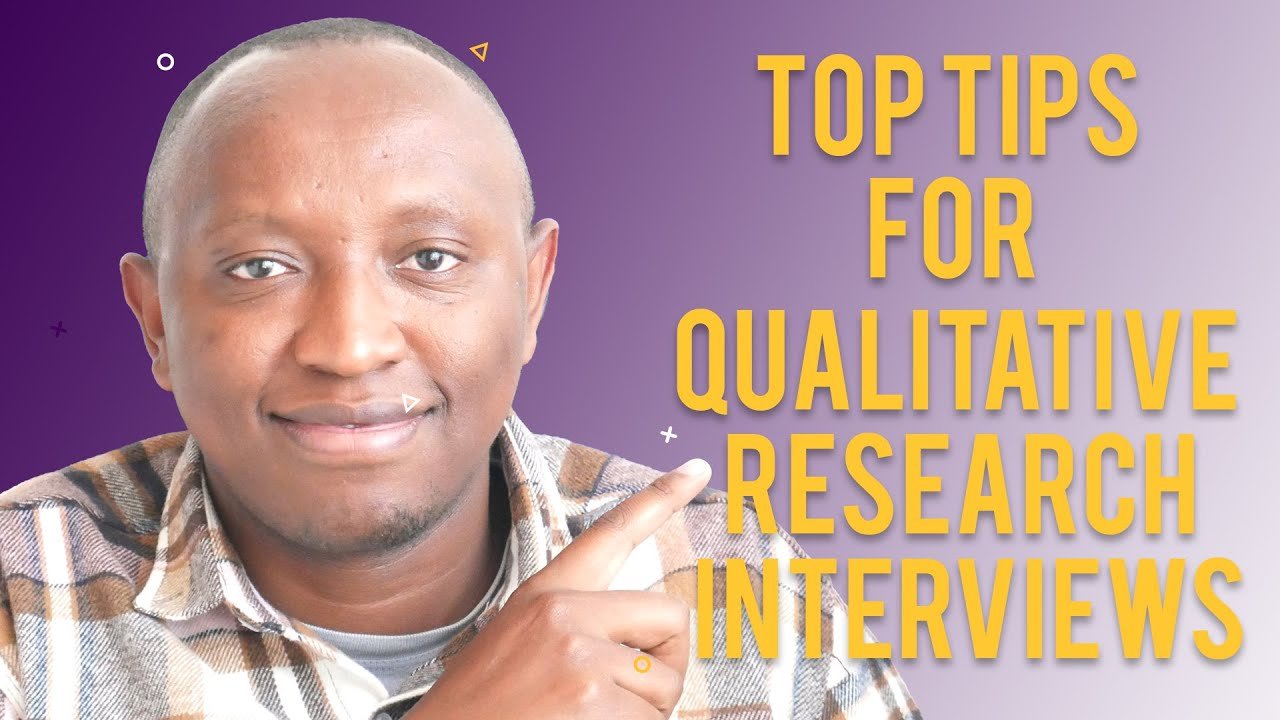- Mistake 1: Not following an interview guide
- Mistake 2: Not politely steering the interviewee back to the main objectives of the interview when they stray
- Mistake 3: Asking long and complicated questions to the interviewee's
- Mistake 4: Asking double barreled questions
- Mistake 5: Asking leading questions
- Mistake 6: Not providing appropriate probes to the interviewees during interviews
- Mistake 7: Asking questions that threaten the interviewee's preferred identity
Let’s quickly look at seven interviewing mistakes new researchers must avoid.
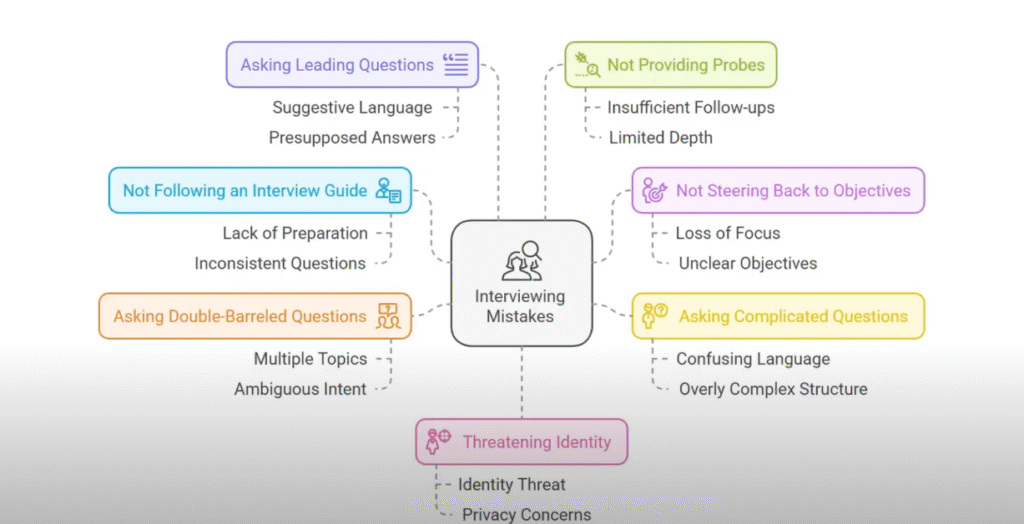
There are several mistakes new researchers commit.
This article will help you to avoid such mistakes and make your interviews more successful.
My name is Bernard Mugo. I like to refer to myself simply as an academic.

In the past three years, I’ve helped more than 200 PhD students analyze qualitative data and finally complete theirs or dissertations.
In the course of helping such a large number of students, I’ve gained invaluable experience in the best practices you can use to perform qualitative analysis of your interviews and be able to retrieve quality findings.
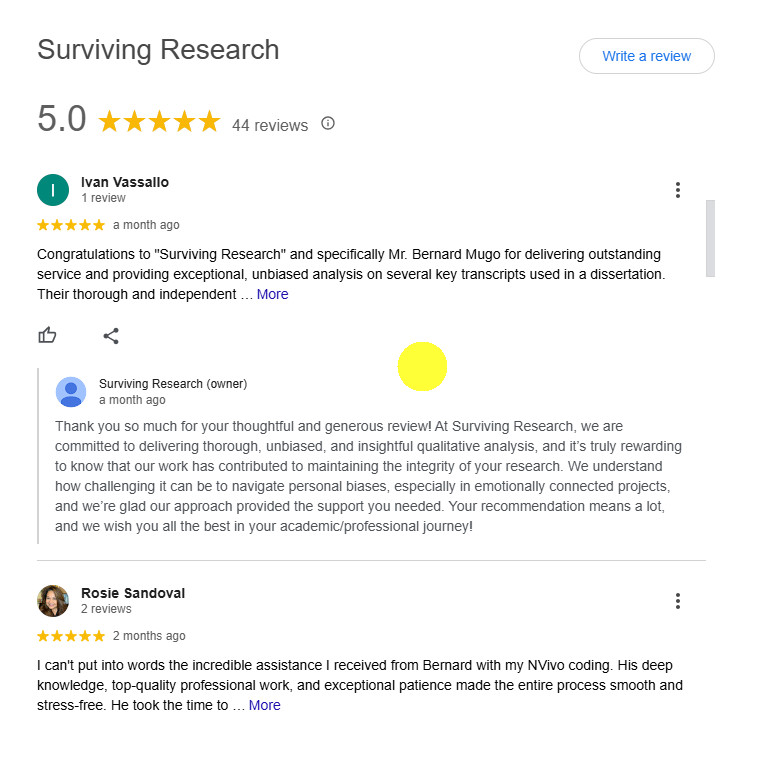
Mistake 1: Not following an interview guide
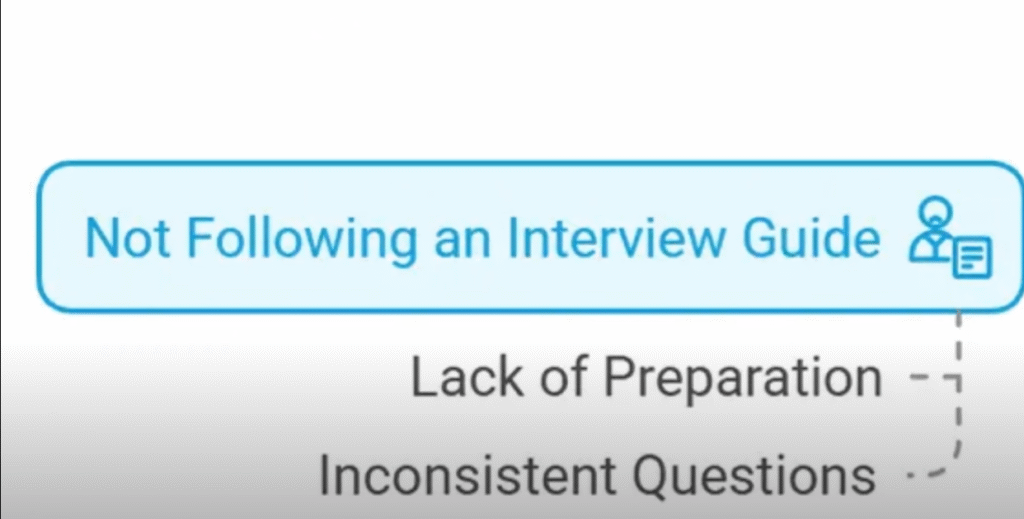
An interview guide is a document that outlines the structure and key questions an interviewer should ask during an interview.
Here is an example of an interview guide.
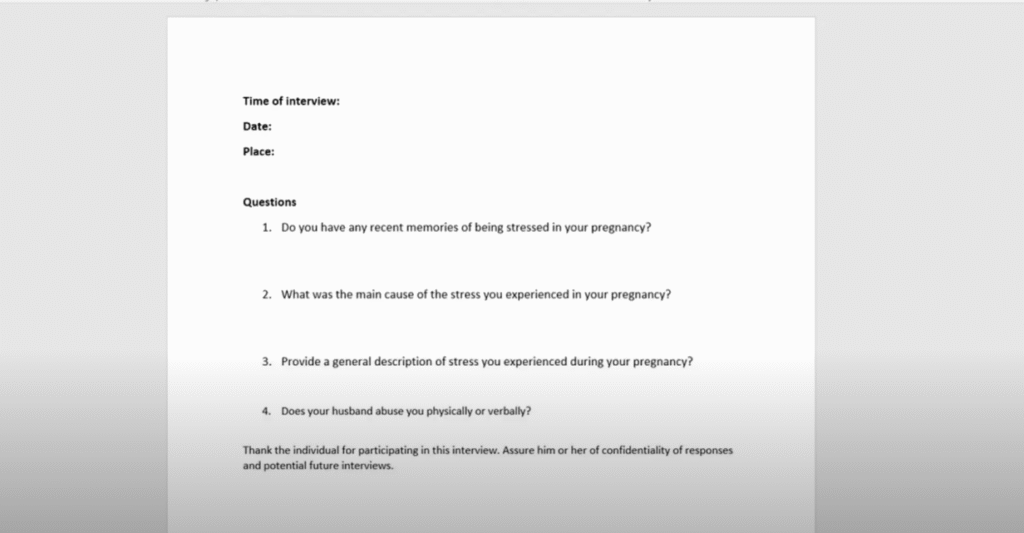
You can see this interview guide has all the questions that this researcher wants to ask their participants.
So an interview guide is good to restrict or to allow the researcher to focus on the main areas and fulfill their research objectives.
Mistake 2: Not politely steering the interviewee back to the main objectives of the interview when they stray
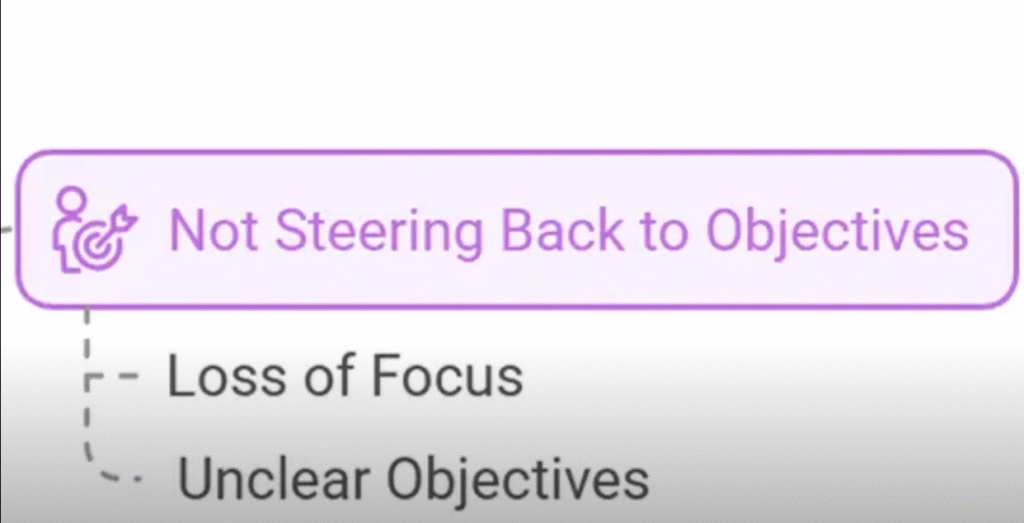
In some instances the interviewee might stray from the main topic and start providing stories that do not really contribute to the research.
It’s the work of the researcher to politely steer the interviewee back to the main questions.
Or to the main focus of the interview.
And remind them the main question so that they can obtain the highest quality of Responses or information from such interviewees.
Mistake 3: Asking long and complicated questions to the interviewee’s
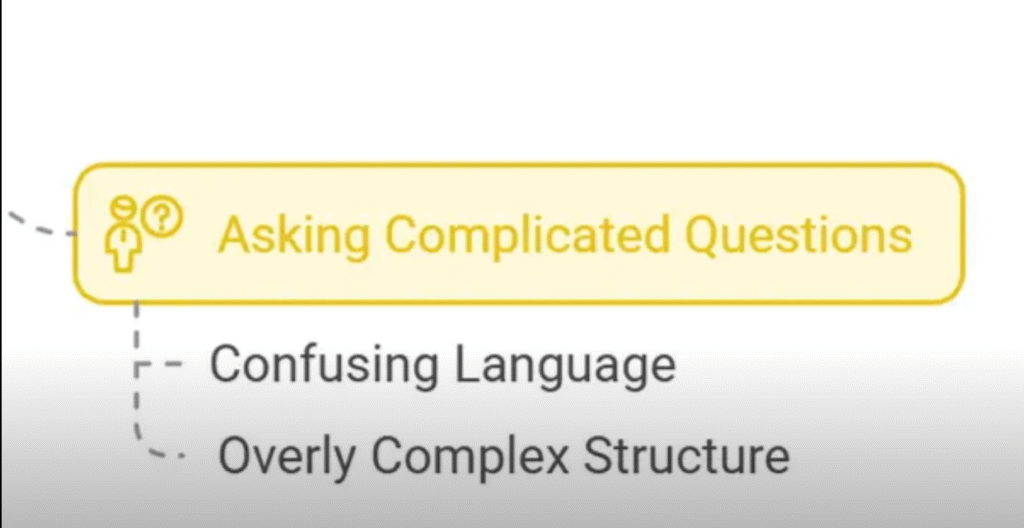
Here is an example of a long and complicated question.
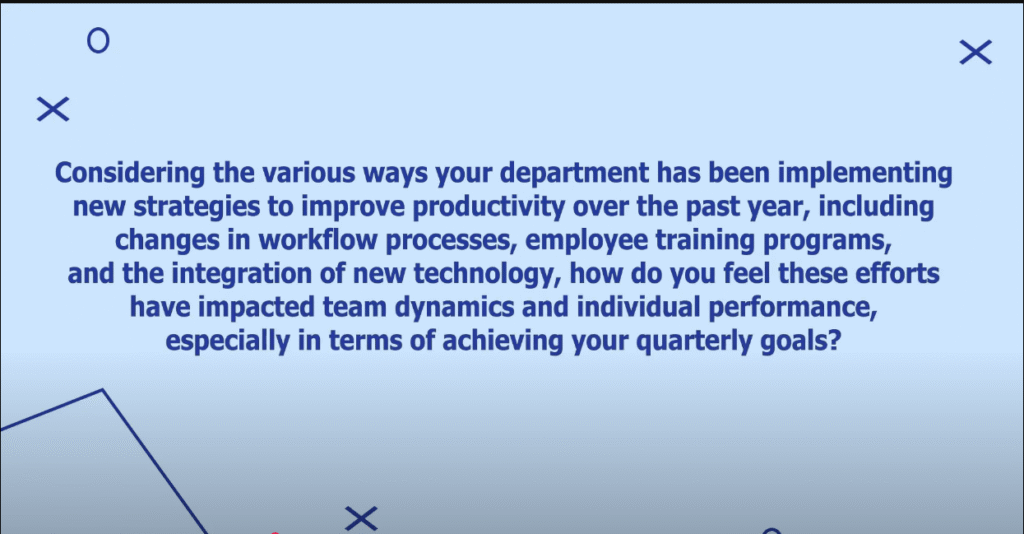
Now, this question is problematic because one.
It introduces too many topics which include:
- Workflow processes
- Training programs
- Technology
- Team dynamics
- Individual performance
- Quarterly goals
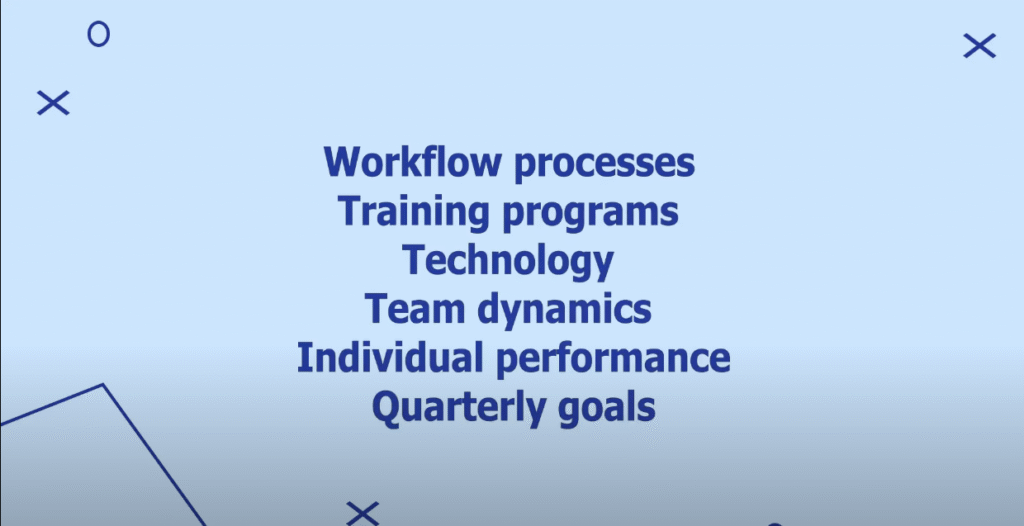
This question is also overly wordy.
Making it hard for the interviewee to follow.
Such a question can overwhelm the respondent and lead to incomplete or confused answers.
So how would we simplify such a question or how do we ask clear questions in interviews?
We break long questions into smaller parts.
For example, we can break the question into many parts such as
What changes has your department made to improve productivity over the past year?
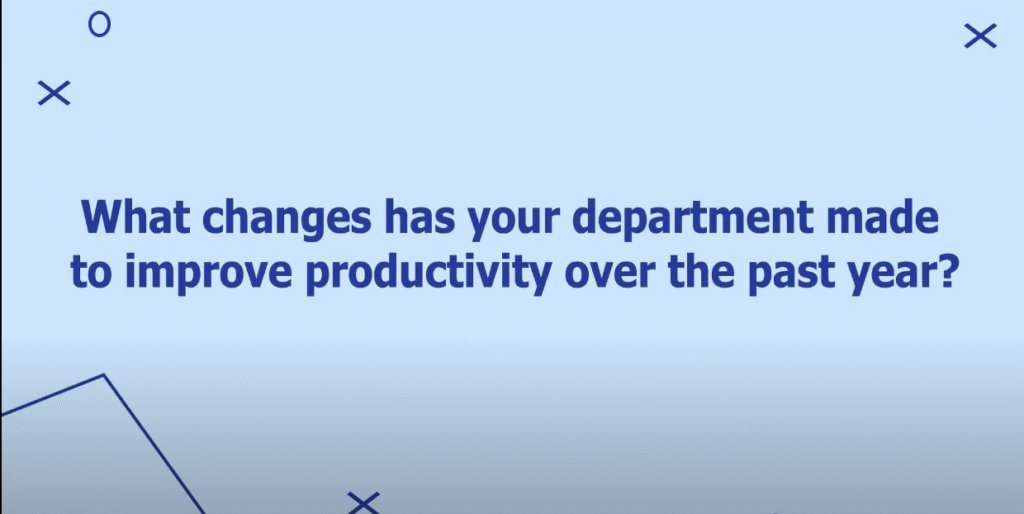
Then another question still from the main question can be, how have these changes impacted team dynamics?
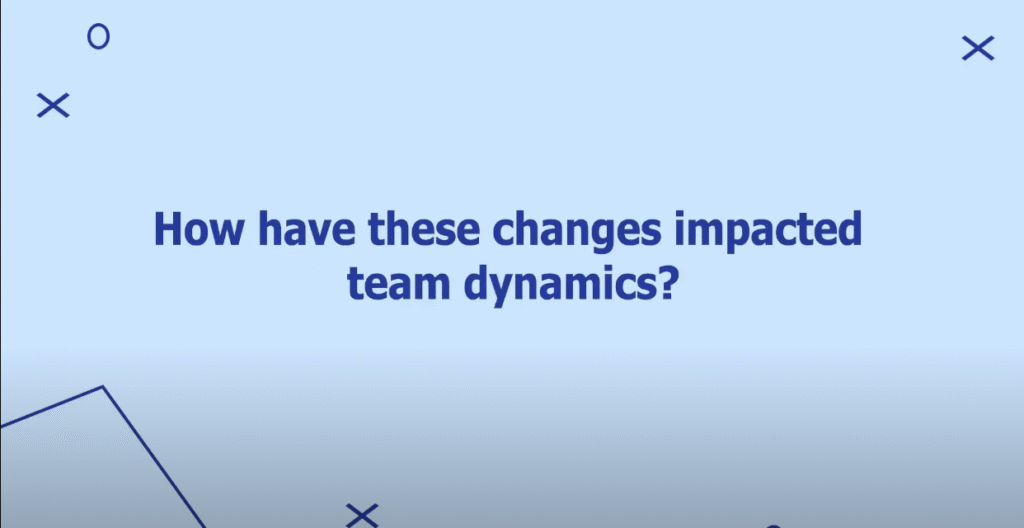
We can also ask, how have these changes affected individual performance in meeting quarterly goals?
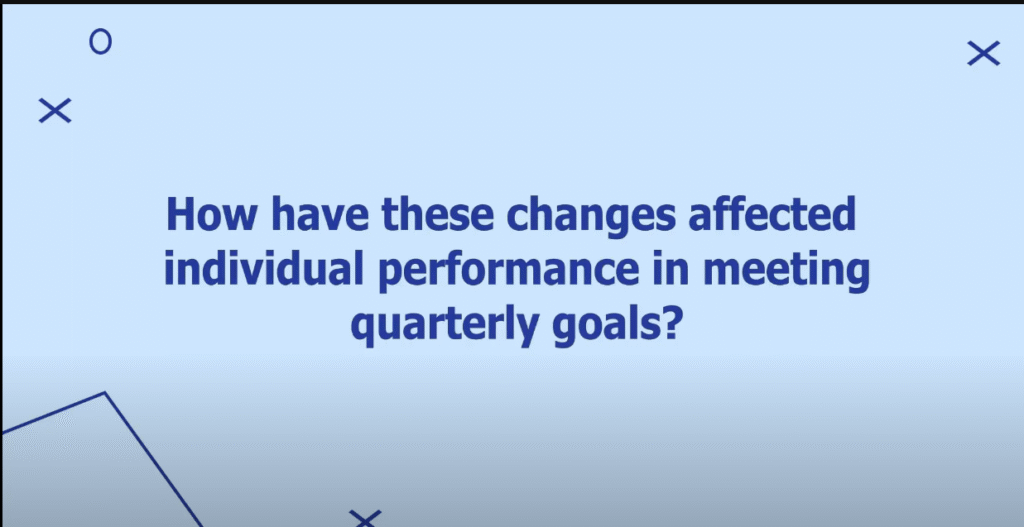
Now, breaking up long interview questions makes the interview more focused and manageable for the researcher and the interviewee.
The interviewee is therefore able to provide adequate and clear answers.
Mistake 4: Asking double barreled questions
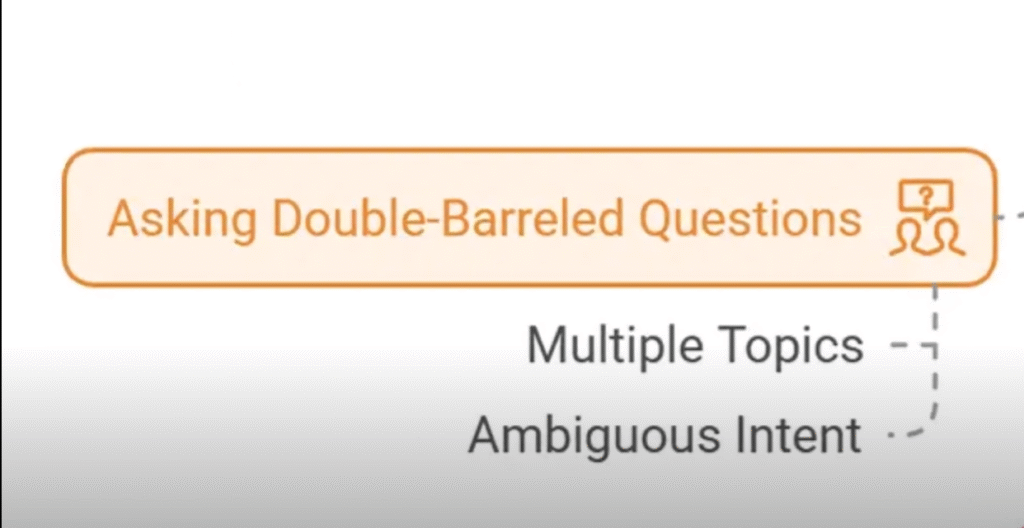
For example, how satisfied are you with your job and your work life balance?
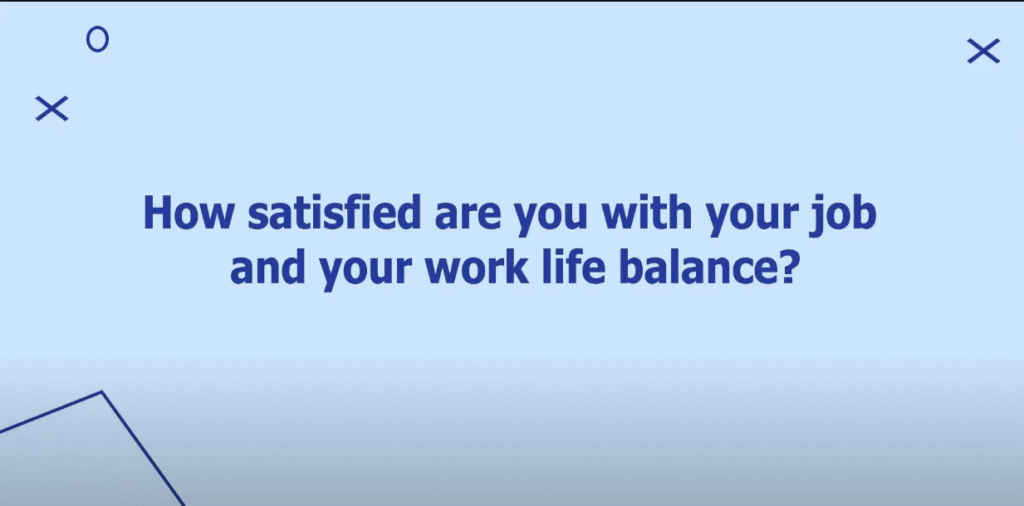
This question is problematic because it asks two different topics, job satisfaction and work balance in one question.
The respondent might feel differently about it but can only give one answer leading to unclear or inaccurate data.
A better approach would be for the interviewee in the case to ask two separate questions.
How satisfied are you with your job?
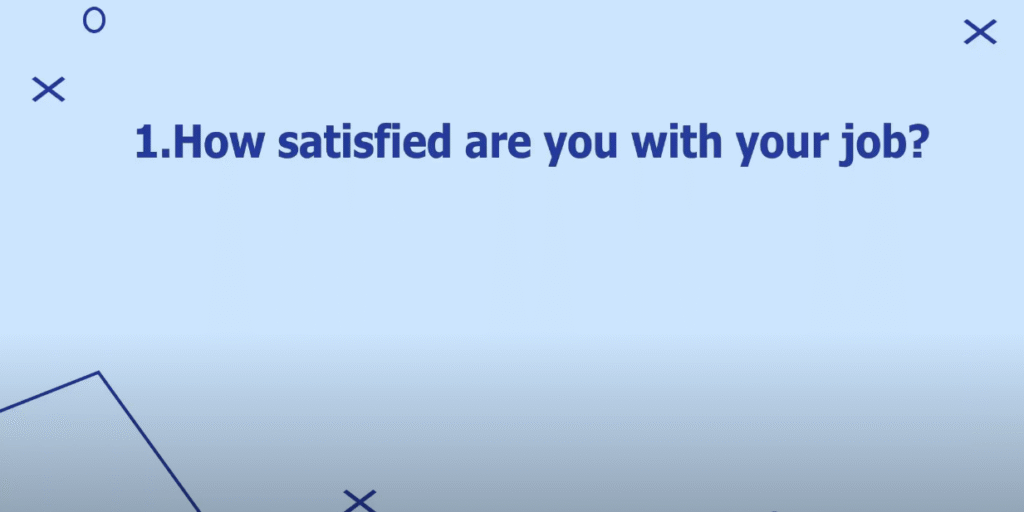
And later ask another question, how satisfied are you with your work life balance?
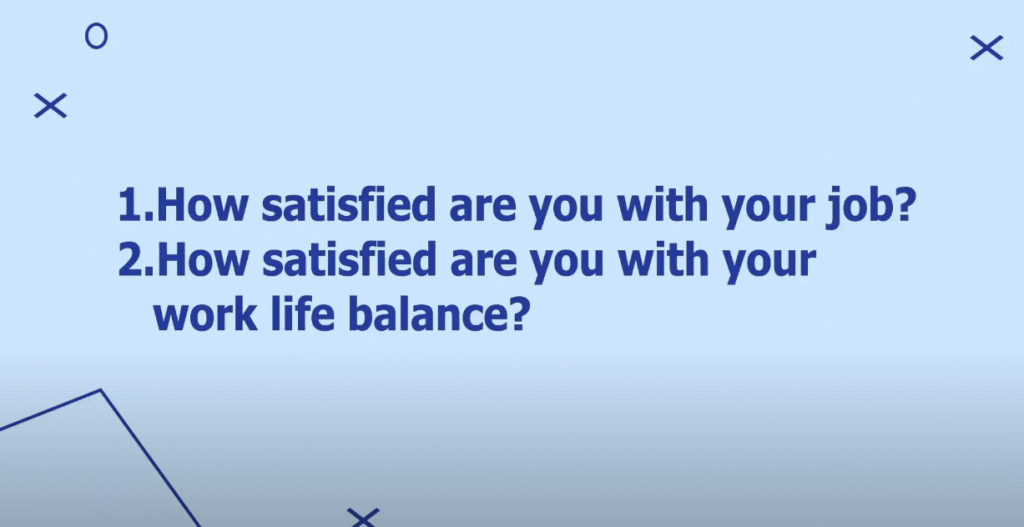
Separating the questions ensures clarity and allows the researcher to gather distinct and meaningful responses.
Mistake 5: Asking leading questions
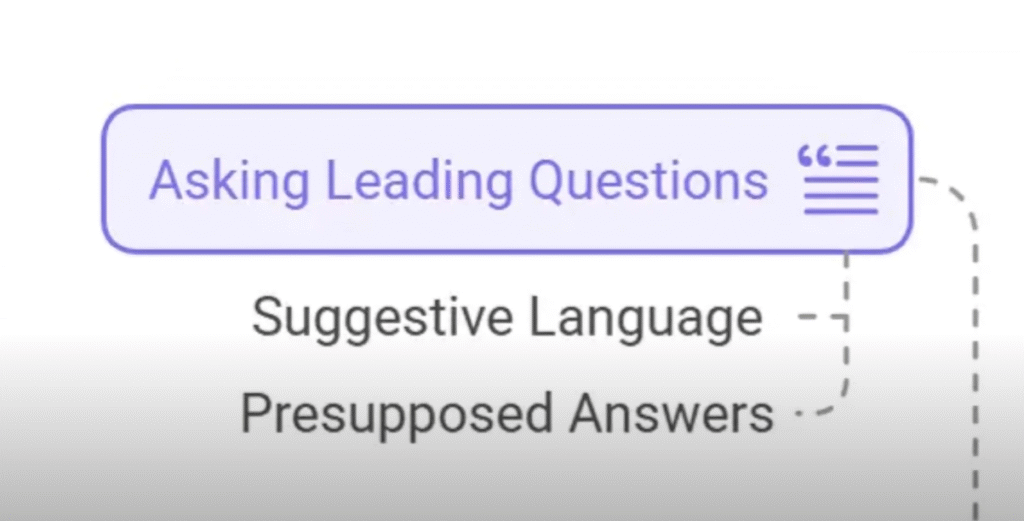
Leading questions are questions that prompt or encourage certain wanted answers.
Here is an example of a leading question.
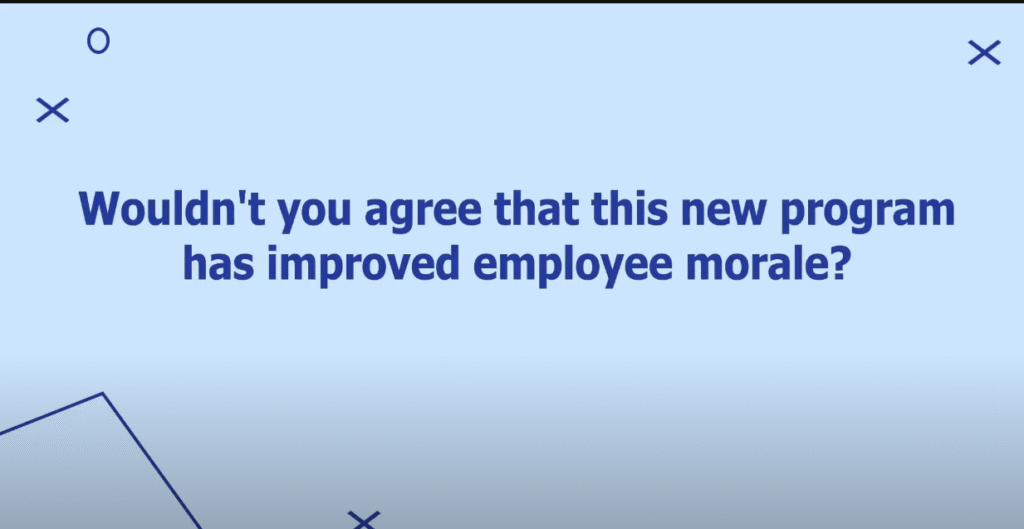
Wouldn’t you agree that this new program has improved employee morale?
This question suggests the desired answer, which is yes,
And could influence the respondent.
Here is an example of a neutral alternative to the question.
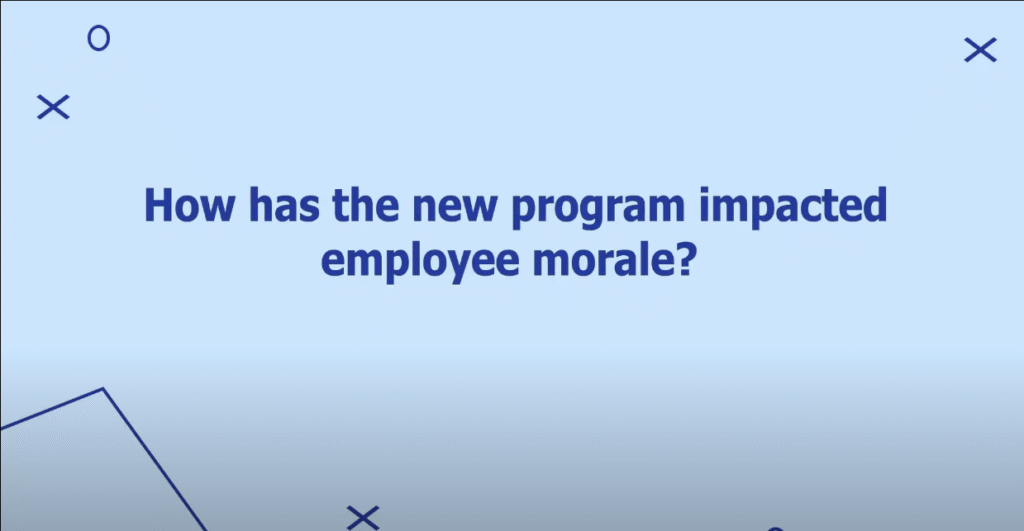
How has the new program impacted employee morale?
The neutral phrasing invites the respondents to share their perspectives without bias.
In qualitative research, it’s essential to avoid leading questions to maintain the integrity of the data, and ensure that participants’ responses are authentic and unbiased.
Mistake 6: Not providing appropriate probes to the interviewees during interviews
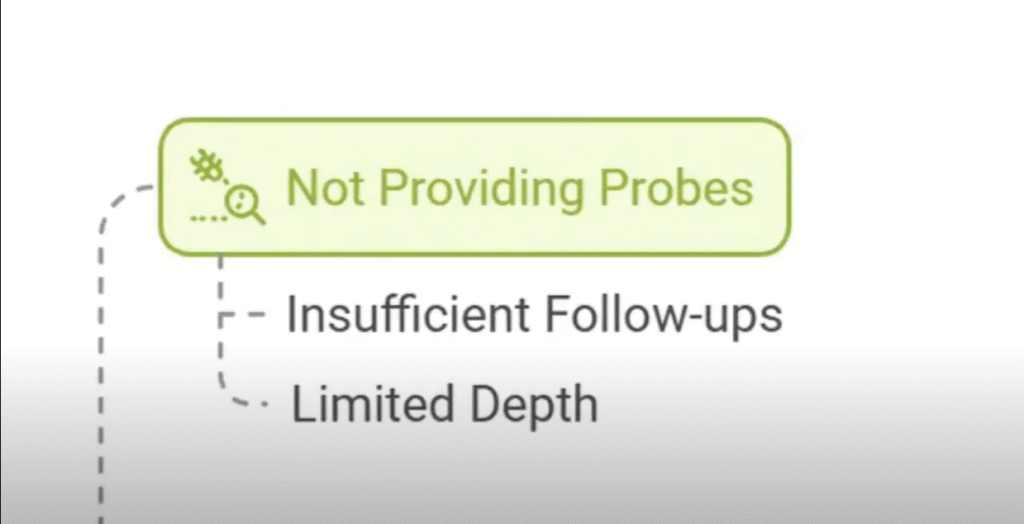
For instance, let’s assume that we are interviewing an individual who was laid off from a job.
The individuals goes on to tell us about the events that led to their laying off.
After such individuals have completed describing the events that led to their laying off.
We can probe them by asking them, please explain more about how you felt during this experience?
Another probe we can ask during interviews is can you give an example about that?
Mistake 7: Asking questions that threaten the interviewee’s preferred identity
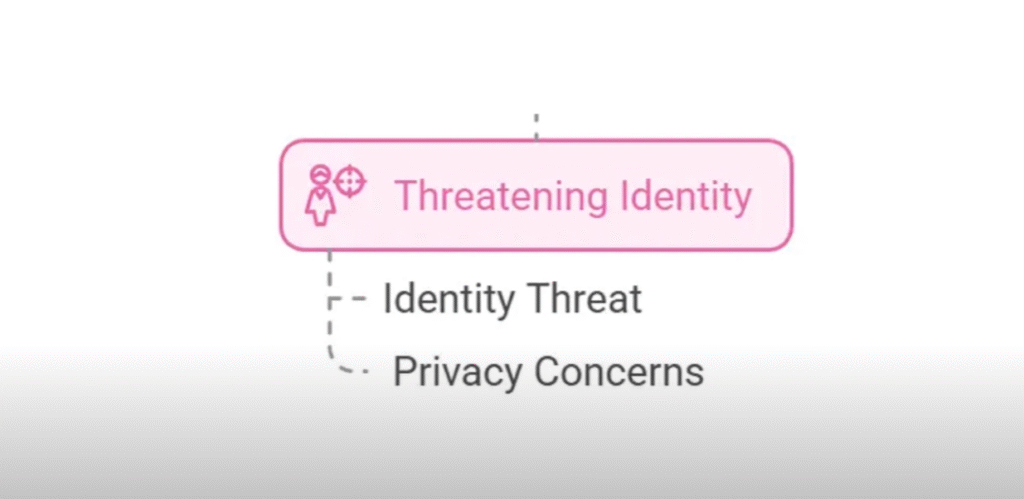
For instance, in an interview we can ask a social activist.
Do you think your social activism has any benefit to the society?
This is an example of a question that threatens an interview with preferred identity.
The most appropriate and neutral question in this case would be to ask the social activists what are the benefits of your social activism to the society?
